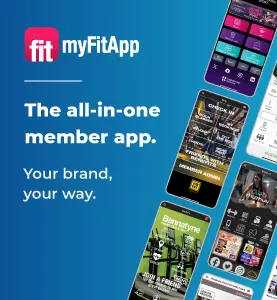Health and wellbeing boards (HWB) are approaching their first anniversary following reforms introduced by the Health and Social Care Act 2012, the biggest shake-up to the health system in decades.
An abundance of new structures, tiers and bodies were introduced at the same time as the scrapping of many others. Each top tier and unitary authority has its own board, with members collaborating to understand their local community’s needs, agreeing priorities and encouraging commissioners to work in a more joined-up way.
Despite concerns about some of the reforms, HWBs were seen as a positive addition – a means by which those working in health and social care can come together and provide united thought on how to improve local outcomes. Although they have faced criticism from some quarters, one year on it seems the general view is still a positive one, but HWBs need to live up to their potential and deliver effective change based on local needs.
Legitimacy and flexibility
HWBs have a greater formal status than previous partnership boards and are designed to provide the flexibility needed to create strong local partnerships. Most are chaired by a senior elected member, with many vice-chairs coming from Clinical Commissioning Groups. Directors of public health represent the public health needs of the local area, with Healthwatch also linking in to champion the views of the public.
This provides strong democratic legitimacy and involvement between local authorities and the NHS, but also accumulates the significant experience, skills and leadership of members to try and improve local health outcomes.
The platform has been set for broader integration of physical activity services right along the care pathways, from public health to acute services. There are opportunities to be had and contracts to be won, and I urge all providers to speak to their local Healthwatch to see how they can fit in with local health delivery.
‘Worthy but ineffectual’?
Parts of the press have been quick to criticise HWBs as a ‘worthy cause but ineffectual’, viewed as another layer of bureaucracy – talking shops with few notable outcomes.
I’m at times inclined to agree with this view: there are few signs that boards have begun to tackle the urgent problems facing their health and social care systems. However, changes will be slow as many HWBs are still delivering public health contracts inherited by the now defunct PCTs. HWBs need time to settle in to their role, ensure their structures and governance is effective, and get comfortable making the difficult choices they’ve been set up to make.
Their potential comes from bringing together politicians with both clinical and public health commissioners, providing a powerful platform for local leadership.
They have strategic influence over commissioning decisions, and for this reason they need to champion change, looking at different solutions and different means by which they can reduce health inequalities. Crucially for the activity sector, the integration between public health and clinical commissioning offers the opportunity to embed physical activity across the care pathway, from rehabilitation to prevention.
Proof and evidence
A year on, I strongly believe there’s never been a better time for the health and leisure sector to become a cornerstone of local health delivery, but there’s still some way to go to prove how our interventions can work in a real world setting.
An industrial scale shift in society is needed to re-embed physical activity into people’s lives. We must develop and put evidence on the desks of the HWBs of what works, and how. When we do this, I’m confident they’ll pay attention.





















































